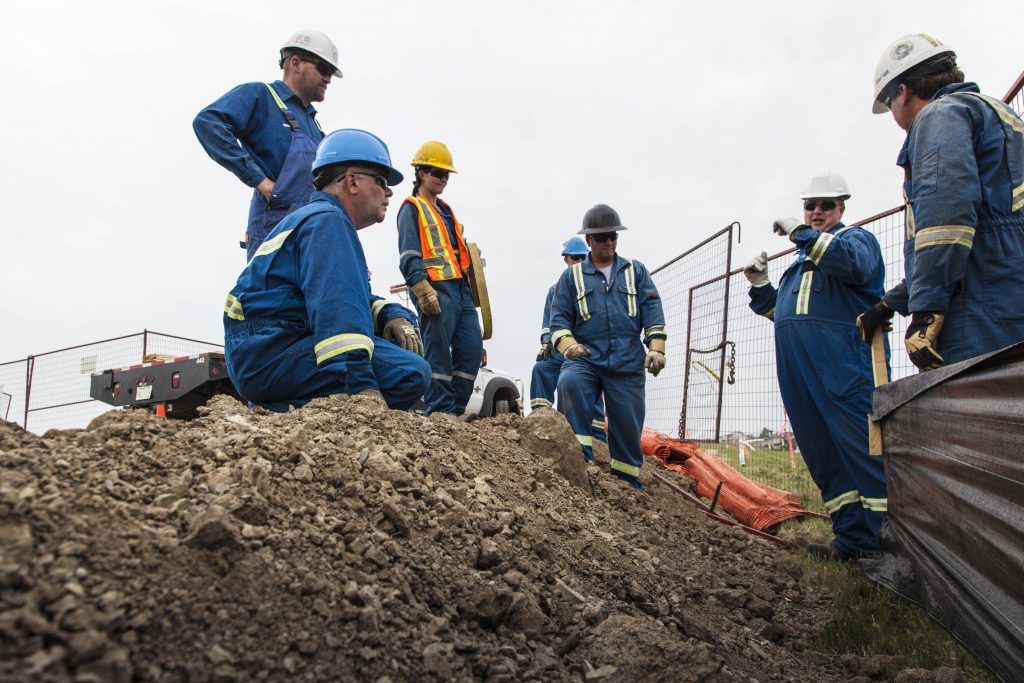Our goal as an industry is to make sure every worker goes home safely at the end of every shift. As technology changes the operating and construction environments are constantly changing and we must evolve and create new ways to protect and educate workers.
That doesn’t mean we completely move away from some of the tried-and-true methods of ensuring pipeline workers understand the importance of safety in every activity and task they do.
At the CEPA Foundation Safety Roundtable on June 14, 2022, we were lucky enough to hear from Grant Kelly, owner and director of quality assurance, of Kaizen Safety Group Inc. Kelly provided some valuable tips on holding an effective toolbox safety meeting.
Why hold a toolbox safety meeting?
A toolbox safety meeting is a brief meeting or presentation on a very specific safety topic. It is held in addition to mandatory safety training and provides a refresher on important safety practices that employees are probably aware of, but which might not always be put into action.
The main reason for holding a toolbox safety meeting is to reinforce key practices and ensure that safety is always top of mind for employees.
Five tips for getting your audience to listen
A toolbox meeting could be seen as something that employees have to sit through before they can get on with the job at hand. This attitude isn’t going to help you get your message across, so here are some tips that will help create engagement:
- Start with why. “Why does safety matter to you?” Family is typically a powerful motivator when it comes to embracing safe working practices.
- Keep your presentation brief and stick to a well-defined safety topic. Some examples might be:
-
- Confined spaces
- Electrical safety
- Vehicle safety
- Personal protective equipment (PPE)
- Record keeping
- Talk directly to your audience and make eye contact. This is not a lecture, it’s an interactive conversation.
- Encourage feedback and discussion.
- Tell stories and give real-life examples rather than quoting statistics.
How safety is instilled
In his presentation, Kelly identified the importance of creating an interdependent safety culture. Safety toolbox meetings provide a great opportunity to demonstrate to employees that they are safe to voice their ideas, questions, or concerns without fear of criticism or punishment. It’s important that everyone understands that their opinions and emotions are valid and valued.
Finally, Kelly said that one of the key take-aways from a safety toolbox meeting should be “I will help you to stay safe and you help me to stay safe so we can go home to the people who love and need us.”
You can read more about workplace safety in this blog post about CEPA Foundation Quality Summit Safety Award winner Arnett & Burgess Pipeliners – “Family is at the heart of safety award”.




